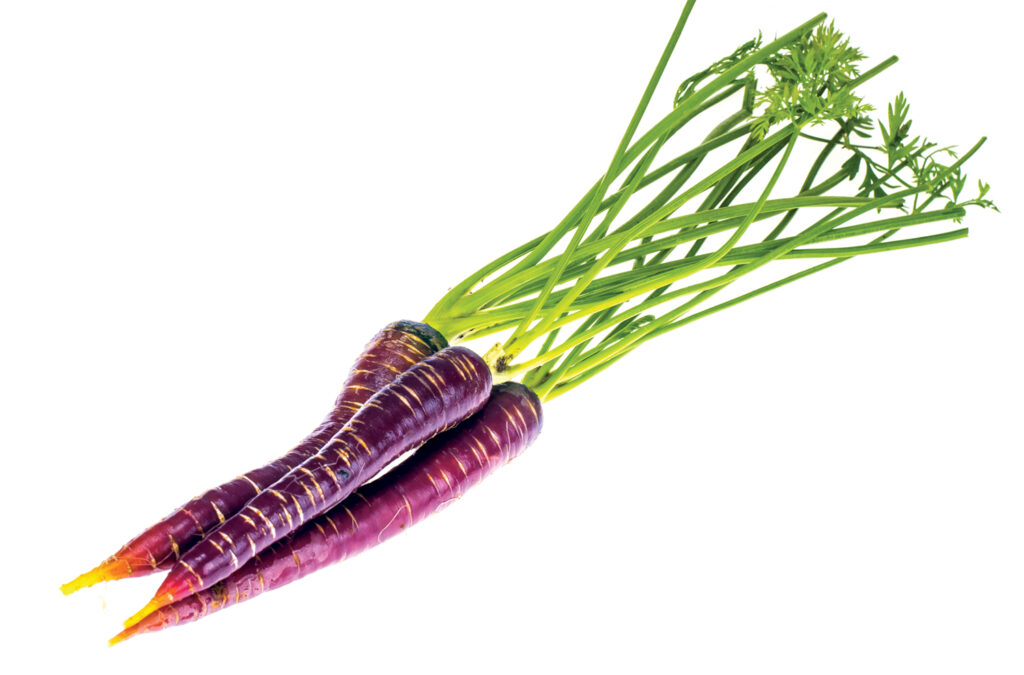Pretty Enough to Eat
Picking purple produce puts A-plus potency in people’s purview
BY Christine R. Gonzalez
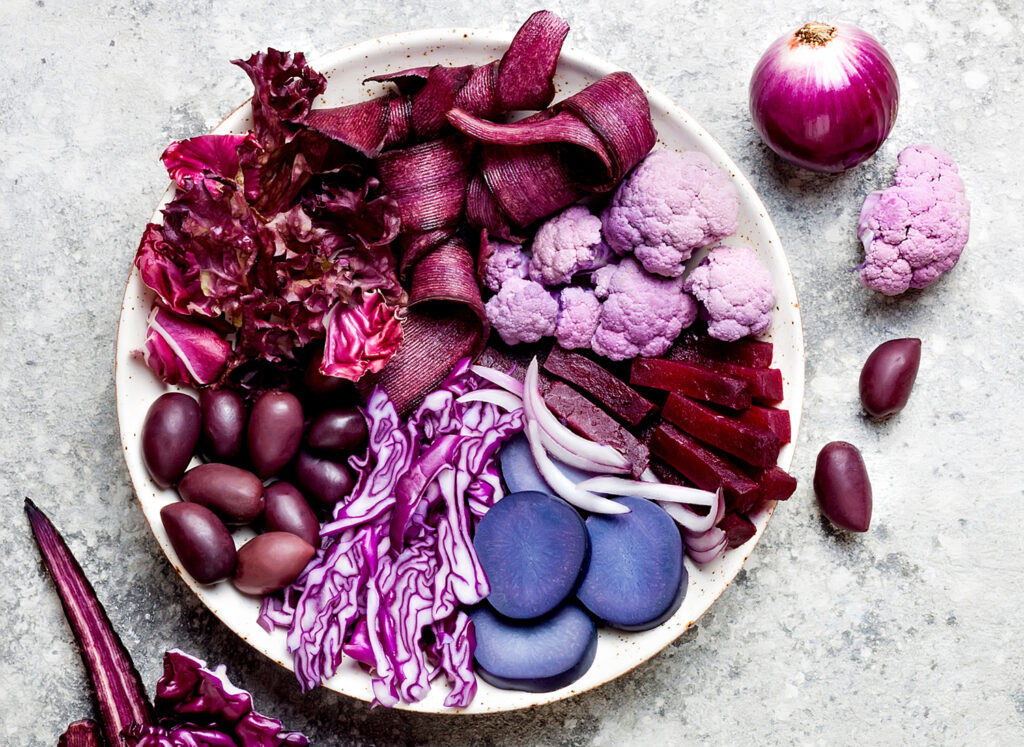
Plums, dark grapes, and blackberries may come immediately to mind as nature’s purple desserts. Purple vegetables may be less on the forefront of shoppers’ minds — until they learn about all the powerful vitamins and antioxidants they contain.
Health experts tout the amazing benefits of eating foods in the purple arena (blacks and reds too), which contain anthocyanins not found elsewhere. Even beautiful, aromatic and edible violets contain pound for pound more vitamin C than an orange.
Research suggests consuming foods with anthocyanins helps prevent and repair cell damage, staves off cancer, obesity, and diabetes, and may aid in preventing age-related memory function.
Those are all good incentives to broaden consumption of purple-tinged foods.
“We should ‘eat the rainbow’ as far as including fruits and vegetables in a variety of colors daily, and the purple ones are less common than red, green, orange and white options,” retired Army registered dietitian Evelyn Elshaw says. “So we need to be mindful that we are including the purple ones. They contain anthocyanins, which are powerful antioxidants with health-promoting properties.”
When looking for purple foods at your local grocers, you may find pretty purple cauliflower, sweet potatoes, cabbage, regular, Chinese or graffiti eggplant, and beets.
When preparing the latter, don’t exclude those bright reddish-purple beet stems. Beetroot stalks are edible and can be eaten raw or cooked. The leaves and stems of beets are a good source of vitamins A and K, calcium, and potassium.
Purple eggplant peel is especially concentrated in the anthocyanin nasunin, which has been shown to have anti-inflammatory and heart-protective properties in animal and test-tube studies according to Healthline, an online medical information magazine that cites data from the United States Department of Agriculture and National Institutes of Health.
Healthline also states that purple cauliflower offers anti-inflammatory benefits and may protect against colorectal and other forms of cancer.
Plums and grapes are among the most delicious and easy to transport snacks in the purple fruit realm. Plums and their dried fruit form prunes are high in polyphenol antioxidants known to have good benefits for bone health.
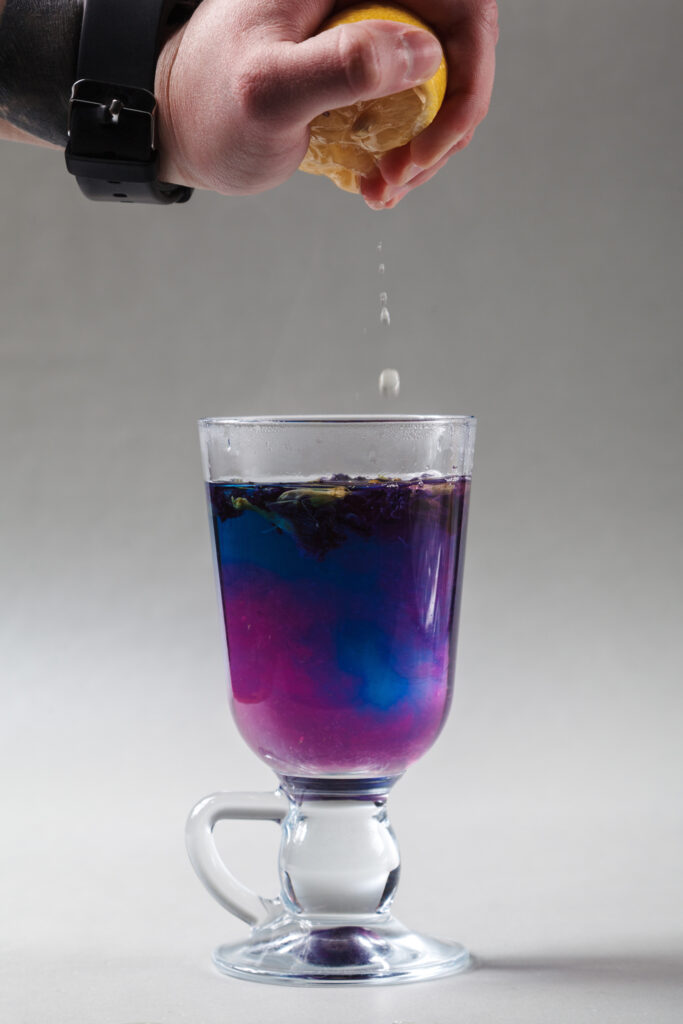
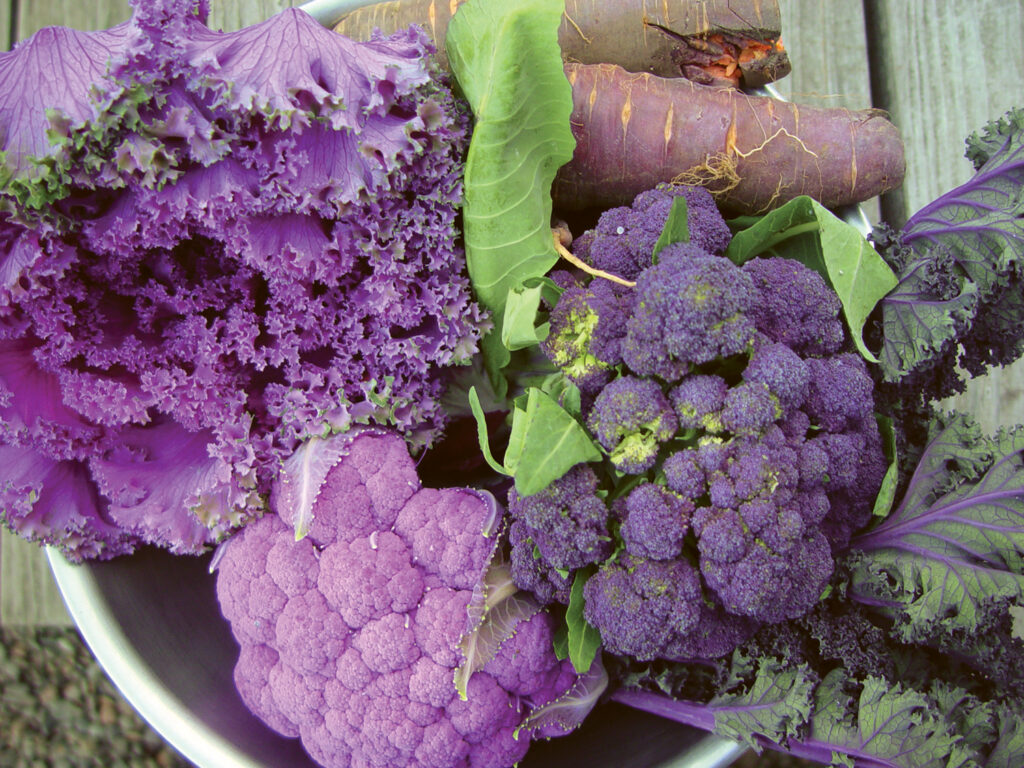
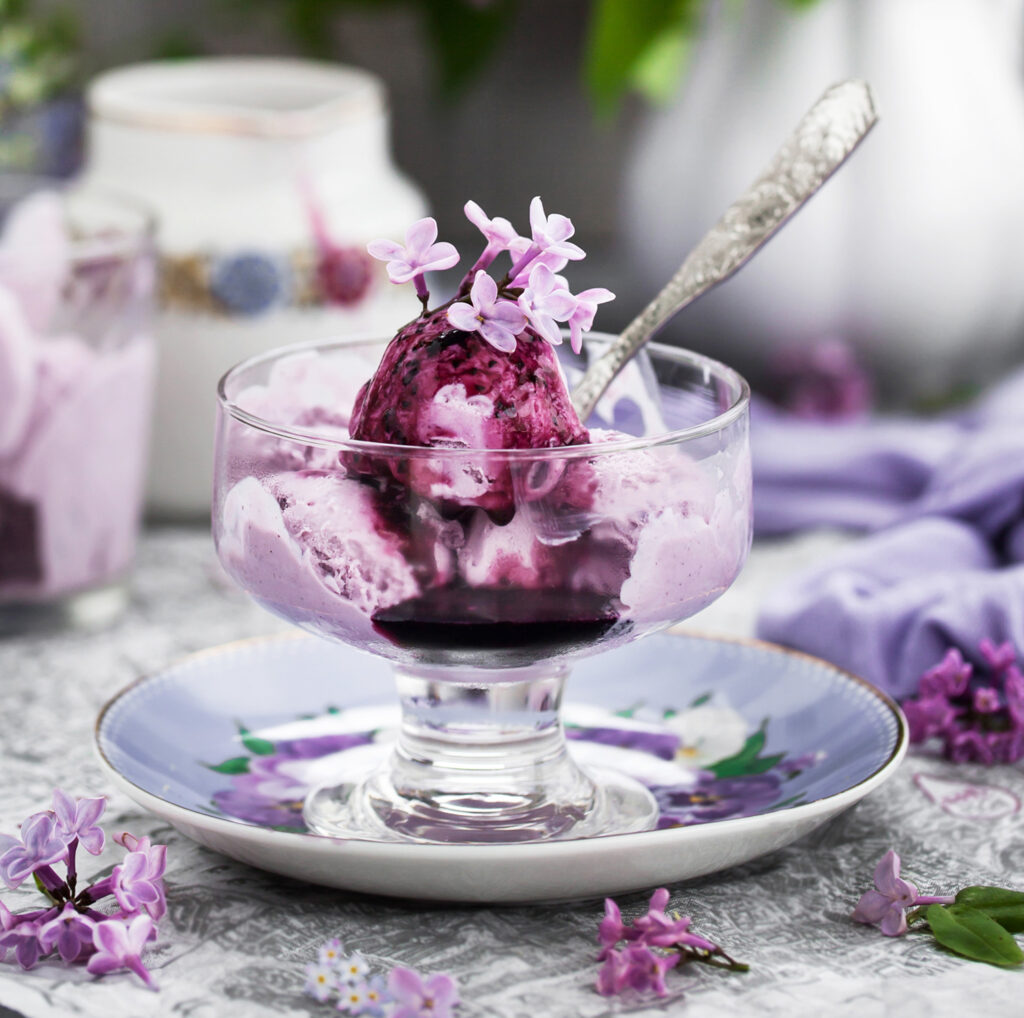
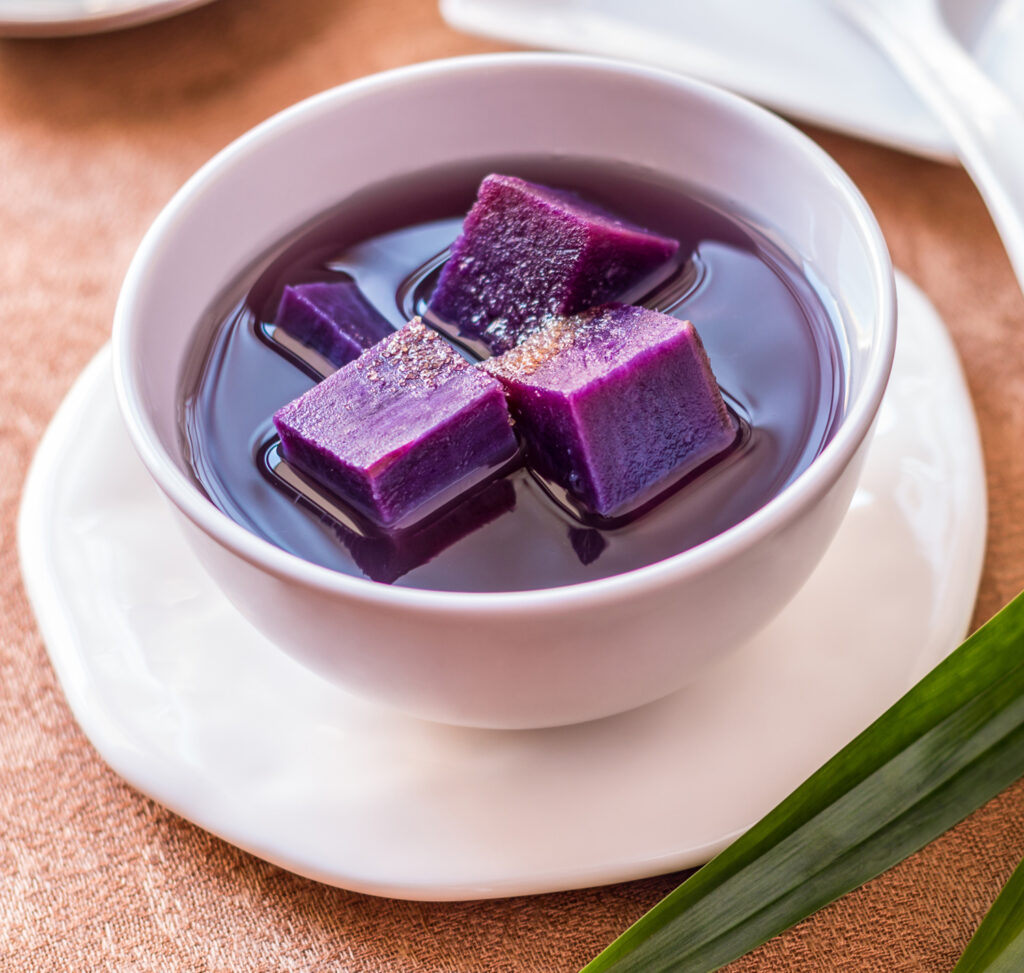
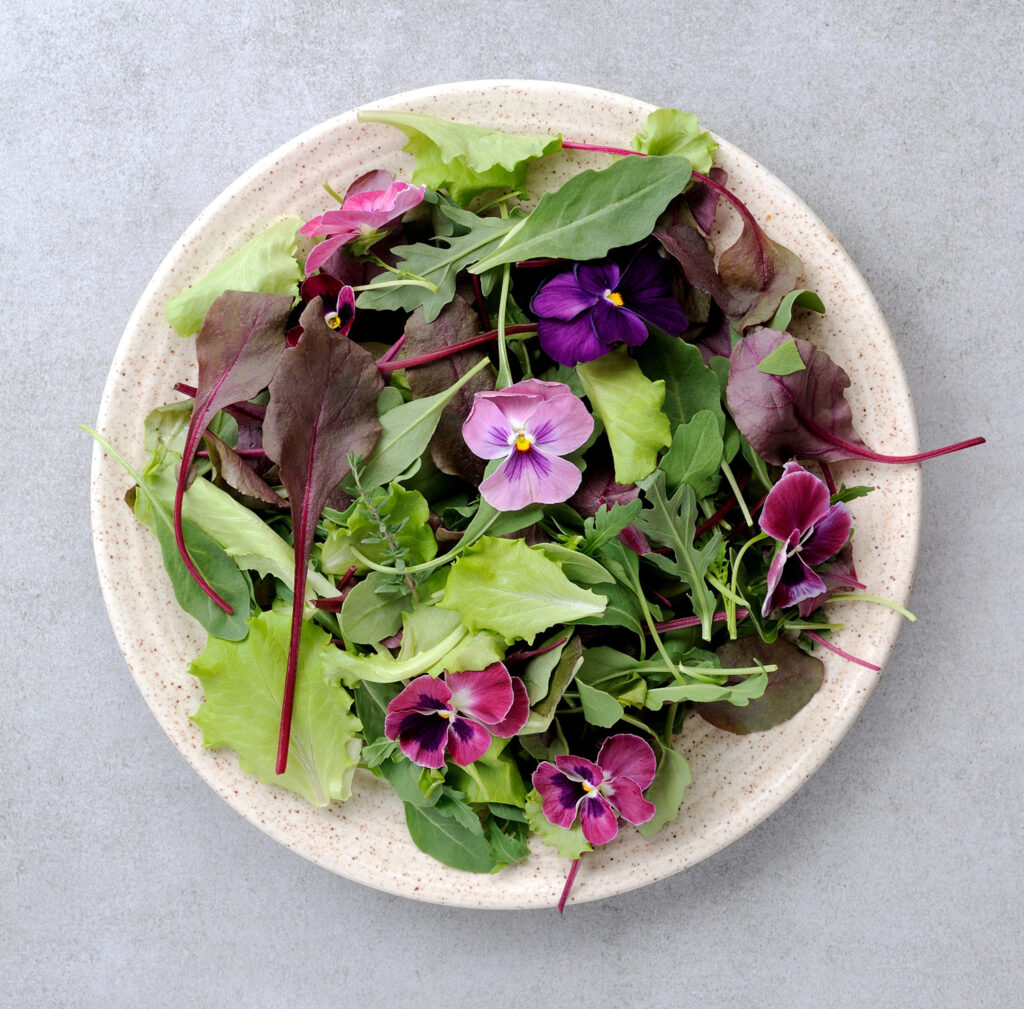
Purple grapes are also a healthy snack that contains many immune system boosters. They are rich in vitamins and compounds like resveratrol that purportedly aid in making strong bones, tissues, and skin, and increase heart health.
Some of the fruits, vegetables, and starches that may not be on your regular shopping list could include elderberries, acai, Redbor kale, carrots, black rice (which turns a dark purple when cooked), purple barley, and Kenyan-sourced purple tea.
Becoming more common in grocery stores is the rainbow bag of carrots. Purple carrots contain more polyphenol antioxidants than other varieties.
Barley is a high fiber grain that can help promote digestive health and reduce heart disease. It contains iron, manganese, selenium, and magnesium. The purple variety is chock full of anthocyanins as well.
Redbor kale should be tried by those who may have shied away from its green cousin. It has a milder, sweeter taste and softer leaf. It is also loaded with vitamins A, K and C, copper, iron, manganese, phosphorous, potassium, protein, and fiber. One study states that Redbor kale contains more than 40 plant compounds, including kaempferol and quercetin. Also a beauty, studies show that the lavender-colored scarlet kale has the highest amount of tocopherols, a vitamin E compound, in the kale bunch.
Teas are known to have a calming effect. The slightly floral-smelling purple tea leaves grown in Kenya contain more antioxidants than any other tea leaf, according to Fair Trade seller JusTea. The leaves have anti-viral, anti-inflammatory, and anti-cancer properties and reduce cholesterol, boost cognitive function, and prevent colds and flus, with half the caffeine of green tea.
Another purple powerhouse that may be as close as your backyard is violets. They can be used for a variety of garnishes, salads, or to flavor vinegar and syrup. Because the taste is sweet and floral, the petals work best in beverages and desserts. However, violet leaves taste like lettuce and sweet peas, making them an ideal salad green.
Amateur forager Holly Drake says that wild grown violets herald springtime in the mountains.
“They come up in the forest as harbingers of spring. You have to clear away the leaves to find them,” she says.
Violets are known to be pound for pound three times higher in vitamin C than an orange. Vitamin C supports the production of collagen, iron absorption and wound healing.
Drake says their mucinous quality makes them great for thickening soups or making jelly. She also uses them to decorate scones and other foods, sometimes giving them a long-lasting state by painting the delicate leaves with confectioner’s sugar, and adds violets to ice trays for a bit of spring in any season.
Foraging or picking plants to eat from your yard should be done with caution. There are many look-alikes that can be poisonous. Drake mentioned that purple ragwort blooms at the same time as violets, and is not edible for humans.


